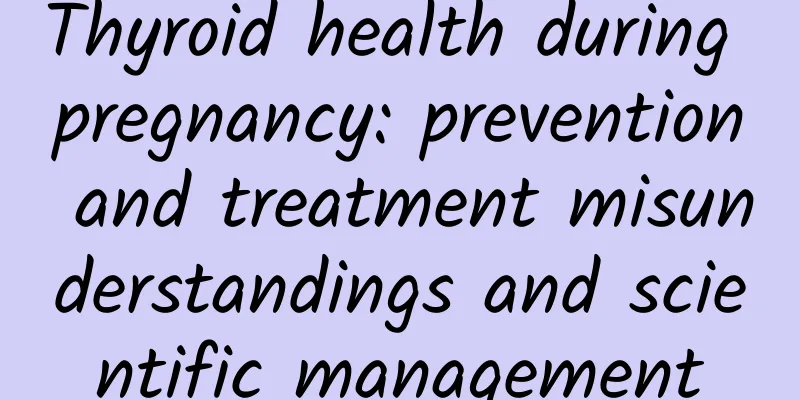Introduction to Polycystic Ovary Syndrome

|
The female body is very fragile. Compared with the male body, the female body contains fewer muscles and is not as strong. It is easy to be troubled by diseases caused by external or internal factors. Gynecological diseases in women are the primary factor threatening women's health. Polycystic ovary syndrome is a serious gynecological disease that threatens women's health. Women need to pay great attention to this. Let's take a look at the introduction below. Polycystic ovary syndrome is a syndrome of endocrine disorders characterized by infrequent ovulation or anovulation, hyperandrogenism or insulin resistance, and polycystic ovaries. Symptoms include oligomenorrhea or amenorrhea, chronic anovulation, infertility, hirsutism and acne. Due to continued anovulation, in severe cases, the endometrium may overproliferate, increasing the risk of endometrial cancer. The choice of treatment options is very complex and varies according to different symptom improvement and fertility requirements. Requires long-term attention. Obesity and insulin resistance Increase exercise to lose weight, correct endocrine and metabolic disorders aggravated by obesity, reduce insulin resistance and hyperinsulinemia, reduce IGF-1, increase IGfBP-1, and at the same time increase SHBG to reduce free androgen levels. Weight loss can restore ovulation in some obese women with PCOS and prevent the occurrence of type 2 diabetes and cardiovascular disease. Metformin treatment can be used for patients with or without diabetes. It can effectively reduce body weight, improve insulin sensitivity, lower insulin levels, reduce hair loss, and even restore menstruation (25%) and ovulation. Since obesity and insulin resistance are the main causes of PCOS, any drug that can reduce weight and increase insulin sensitivity can treat this syndrome. The onset of polycystic ovary syndrome is a manifestation of a physiological problem in women, which means that women need to re-examine their bodies. It is best to go to a relevant medical institution for a detailed examination. If it is confirmed that polycystic ovary syndrome is present, treatment should be sought immediately to prevent it from worsening and threatening women's lives. |
<<: What to do about polycystic ovary syndrome in women
>>: What happens when leucorrhea turns into tofu dregs?
Recommend
What to eat to treat ovarian cysts
I believe that many people are familiar with dise...
Is it harmful to have a uterine curettage after medical abortion?
Some women will choose medical abortion after an ...
Children's "War Epidemic" Home Protection Guide
Recently, the COVID-19 outbreak has occurred in m...
How should urinary tract infections in women be treated?
Urinary tract infection is a very common urinary ...
How long after the ring is removed can I have sex?
There are many precautions for the operation of r...
What are the symptoms of leaky gut in women
Surgery is a common treatment for colorectal canc...
Why do some people develop cervical cancer while others remain healthy after being infected with HPV?
Human papillomavirus (HPV) is closely related to ...
Why can't you have sex when you're pregnant?
Everyone knows that women cannot have sex in the ...
Can I continue breastfeeding during pregnancy?
After a woman becomes pregnant, the couple may ha...
How long should you soak instant noodles? How do you cook instant noodles?
Instant noodles, also known as instant noodles, i...
Can Poria cocos treat uterine fibroids?
A friend of mine always felt frequent stomach pai...
What to do if you have cold pain in your lower abdomen
Many girls have the problem of uterine cold, thei...
How to treat high estrogen levels? These methods are very effective
If a woman goes for a check-up and finds that her...
How to eat wax apple properly? The efficacy and function of wax apple
Wax apples contain a lot of water and are a rare ...
How to treat folliculitis?
If you have folliculitis, you will often have red...









